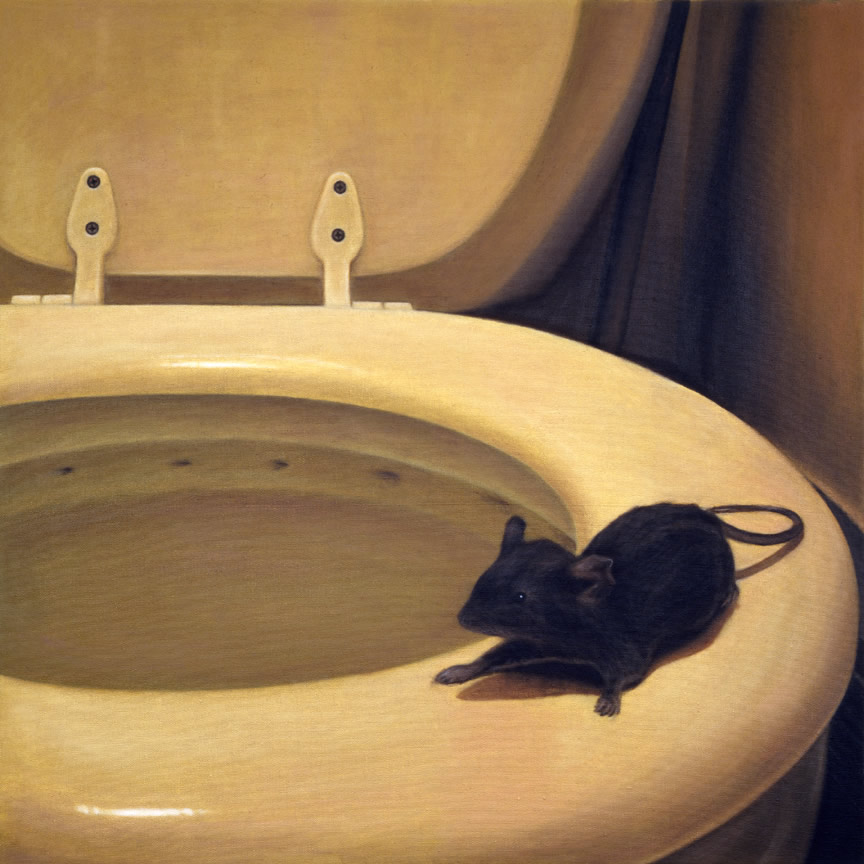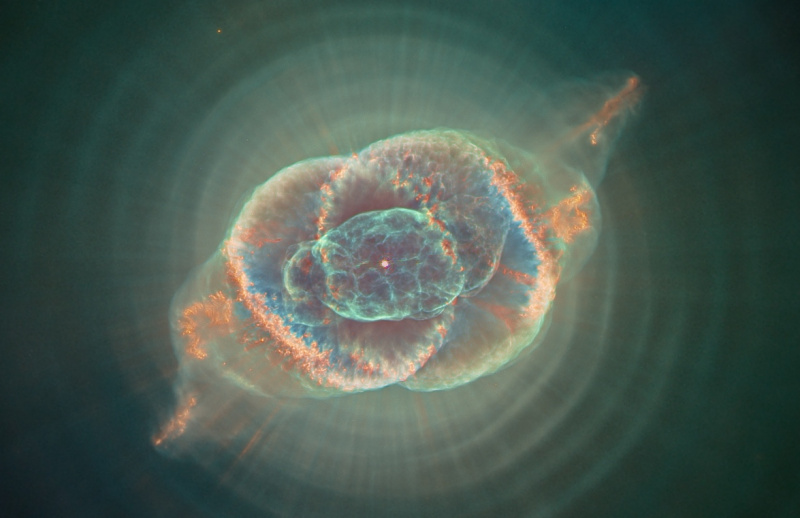 ADAM STENNETT, DRINK, 2007 OIL ON WOOD, 72x72"
ADAM STENNETT, DRINK, 2007 OIL ON WOOD, 72x72"Adam Stennett was born in Kotzebue, Alaska in 1972 and grew up in Oregon. He received his Bachelor of Art in English and Studio Art at Willamette University in 1994 and moved to Brooklyn to pursue painting. He continues to paint in Brooklyn and is represented by 31GRAND in New York. His paintings are primarily oil on wood and unique in nature.
He recently exhibited his third one person exhibit in four years at 31GRAND, New York featuring women in water holding medicinal products such as Tussin DM (shown above). Stennett's work has also been exhibited at the Chelsea Art Museum and the National Arts Club in New York, Irvine Contemporary in Washington D.C., Centro de la Imagen in Mexico City, Central House of Artists in Moscow, Scope in London and 21C Museum Hotel in Louisville, Kentucky.
Remember to click on the title of this post to check out his website. Tons of paintings by him!
He recently exhibited his third one person exhibit in four years at 31GRAND, New York featuring women in water holding medicinal products such as Tussin DM (shown above). Stennett's work has also been exhibited at the Chelsea Art Museum and the National Arts Club in New York, Irvine Contemporary in Washington D.C., Centro de la Imagen in Mexico City, Central House of Artists in Moscow, Scope in London and 21C Museum Hotel in Louisville, Kentucky.
Remember to click on the title of this post to check out his website. Tons of paintings by him!








